Hurricane Laura Makes Landfall at Near Category 5 Strength
Thu 27 Aug 2020, 12:26:10
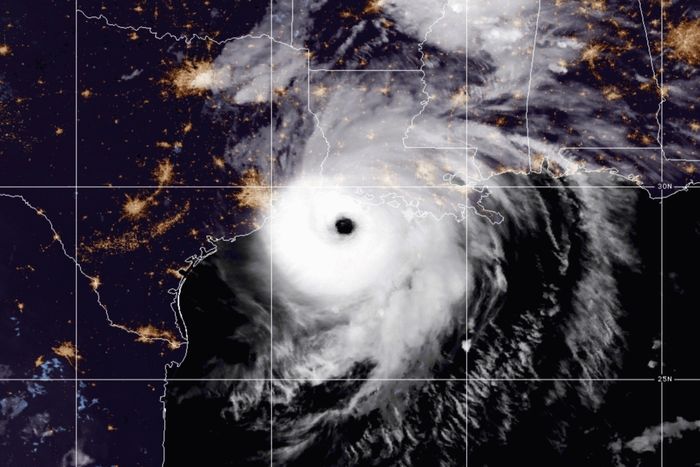
Hurricane Laura made landfall in Cameron, Louisiana, just after midnight local time on Wednesday after having intensified to near Category 5 strength. It arrived on the Gulf Coast, just east of the Texas-Louisiana border, with 150 m.p.h. winds and is forecast to deliver an “unsurvivable” storm surge which could reach 20 feet high and travel as far as 40 miles inland, causing catastrophic damage.
The week began with the unprecedented threat of two named storms battering the Gulf Coast at once, a prospect that dissipated, thankfully, when Hurricane Marco was downgraded to a tropical storm before it made landfall at the mouth of the Mississippi River. Residents of east Texas and southwest Louisiana will not be so lucky, as Hurricane Laura has only continued to strengthen as it approached the coast, feeding off of exceptionally warm water in the Gulf of Mexico. Though it remained a Category 4 storm at landfall, Laura is still an extremely powerful and dangerous hurricane of historic proportions.
The National Hurricane Center has warned that an “unsurvivable storm surge with large and destructive waves will cause catastrophic damage from Sea Rim State Park, Texas, to Intracostal City, Lousiana including Calcasieu and Sabine Lakes.” The storm surge, which could reach as high as 20 feet above sea level in some areas, could travel as far as 40 miles inland, and the NHC warns that the flood waters may not recede for several days.
The NHC expects catastrophic 150 m.p.h. wind damage where the eyewall moves ashore, as well as widespread hurricane-force winds and wind gusts across southeast Texas and western Louisiana in the early morning hours Thursday. As much as 10-15 inches of rain may fall in some areas, and widespread flash flooding is also expected throughout the region. In addition, tornado warnings were issued Wednesday
night along the storm’s northern outer bands.
night along the storm’s northern outer bands.
The largest community directly in Laura’s path is Lake Charles, Louisiana (pop. 78,000), the state’s fifth largest city. Almost 300,000 people live in southwestern Louisiana. In extreme east Texas along the coast, the Jefferson County cities of Port Arthur (pop. 53,000) and Beaumont (pop. 117,000) are also in the storm’s path. The region is the nation’s largest petrochemical hub.
The surge is expected to travel up local waterways, including the Calcasieu and Mermentau rivers, potentially bringing historic levels of flooding to the Lake Charles area.
On Wednesday, the New Orleans Advocate’s Jeff Nowak explained that Laura’s storm surge could be among the highest in Louisiana’s recorded history (a record Hurricane Katrina set with 19 feet):
On Wednesday, the New Orleans Advocate’s Jeff Nowak explained that Laura’s storm surge could be among the highest in Louisiana’s recorded history (a record Hurricane Katrina set with 19 feet):
A dangerous storm surge typically reaches coastal areas well ahead of the storm’s center, and can combine with high tide to flood many areas that would normally be safe and dry. If coupled with high tide, the surge could climb as high as 20 feet in parts of Cameron Parish, and as high as 15 feet as far east as Vermilion Parish. A large swatch of the southwest Louisiana coastline could face a surge of more than 9 feet, according to forecasters.
Mandatory evacuations have already been called in many areas, including Jefferson county in Texas and Lake Charles in Louisiana. Around 500,000 people have been instructed to evacuate in the two states, though Texas does not appear to be prepared for the overlap of challenges from the pandemic summer and hurricane season. On Tuesday, Nim Kidd, chief of the Texas Division of Emergency Management, said that COVID-19 testing teams would be sent to shelters “as soon as practical,” but that a hotel would be “the safest place for [evacuated] families to be.”
No Comments For This Post, Be first to write a Comment.
Most viewed from International
Most viewed from World
AIMIM News
Latest Urdu News
Most Viewed
May 26, 2020
Can Lionel Messi's visit boost Indian football?
Latest Videos View All
Like Us
Home
About Us
Advertise With Us
All Polls
Epaper Archives
Privacy Policy
Contact Us
Download Etemaad App
© 2025 Etemaad Daily News, All Rights Reserved.






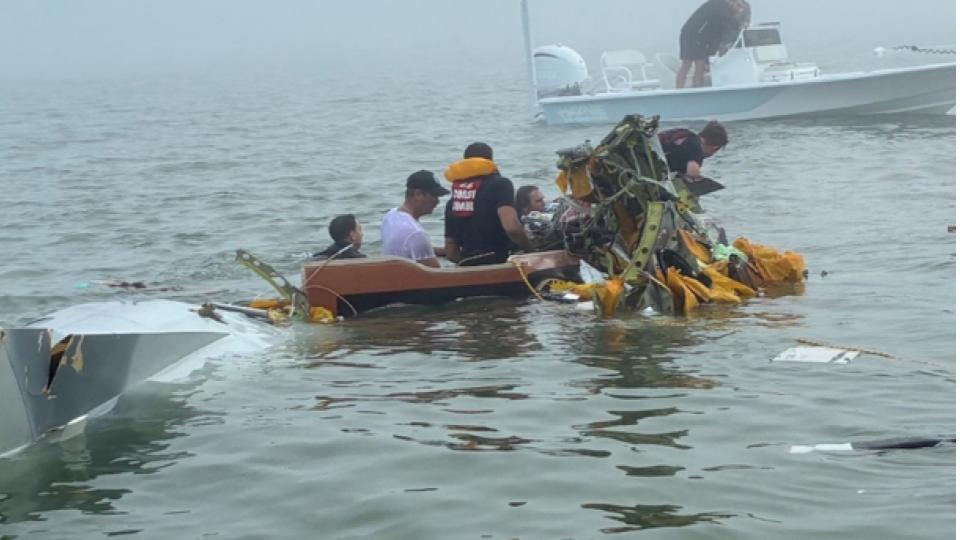



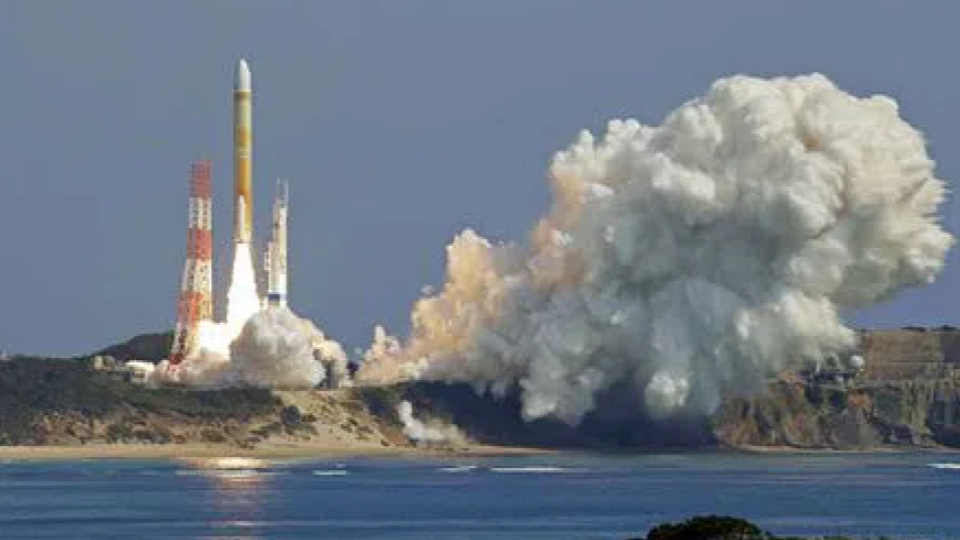








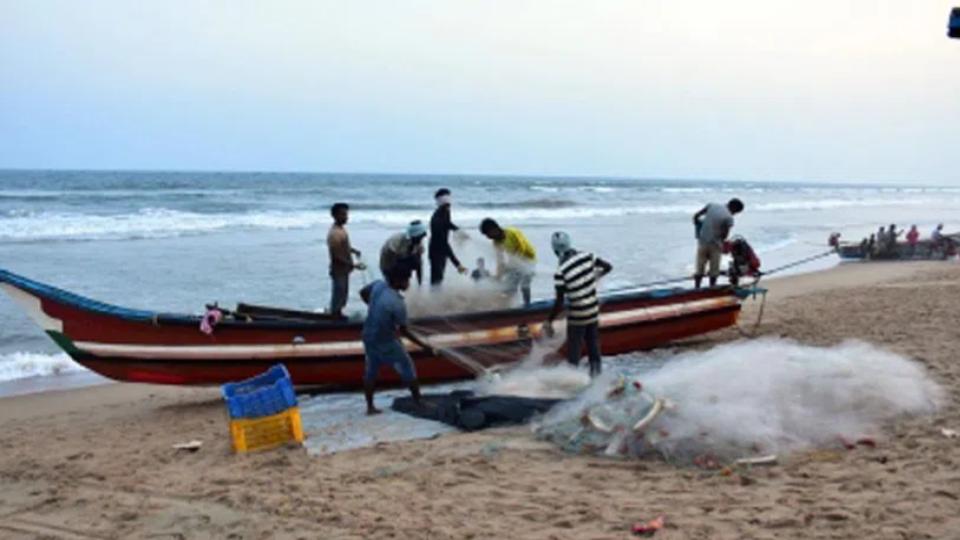



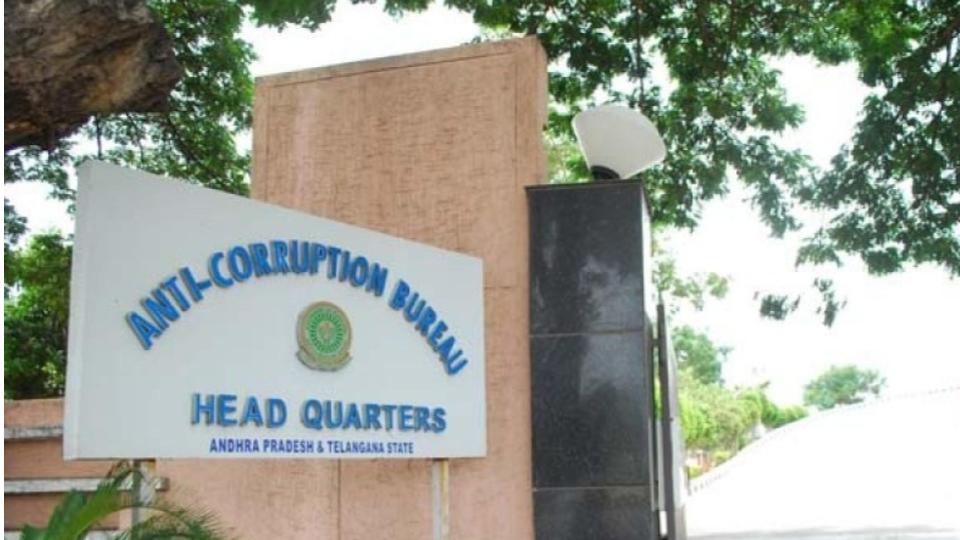













.jpg)
.jpg)
.jpg)


